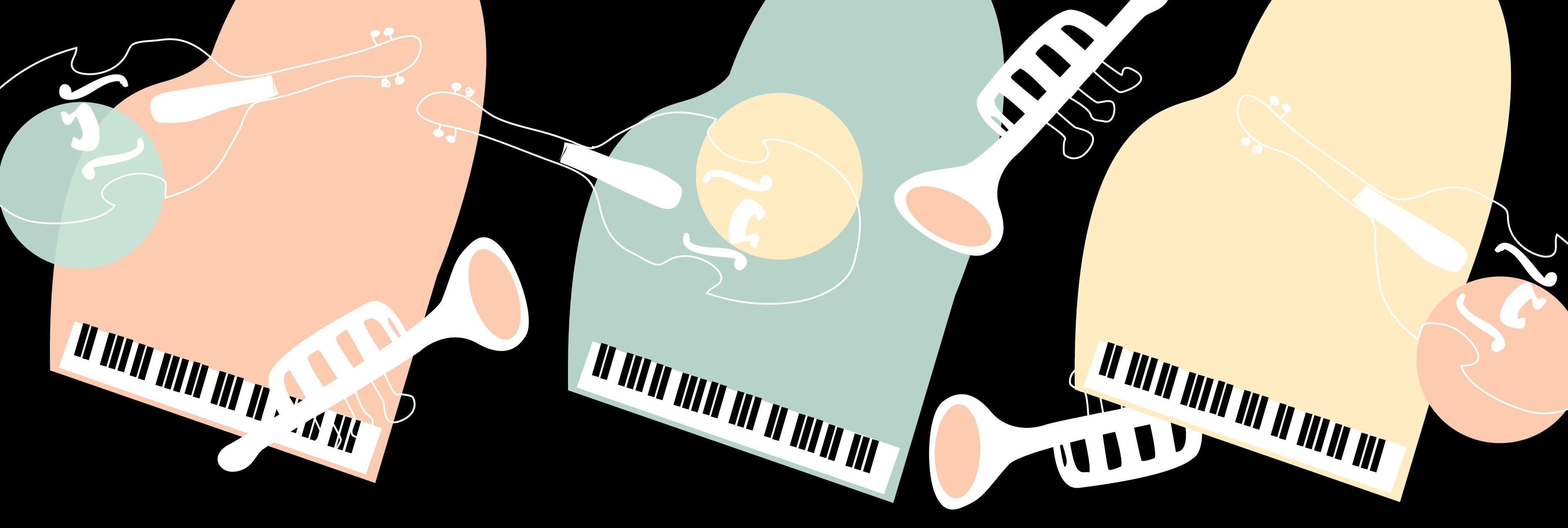The history of traditional North American musical instruments is cosmopolitan based on their construction and development. For example, musical instruments used by Native Americans have resulted from pan-Indianism. Pan-Indianism is a movement that unified Native American culture with a common basis. As a result, the Native American was synthesized. While the Native American flute does have slight variations in its design, it is the only traditional flute design that has two air chambers. Most Native American flutes have five to six holes to alter pitch but can have up to seven holes or no holes at all. Today, the Native American flute is now prized for its unique timber quality differentiating its sound from other traditional flute designs.
One of the most commonly recognized instruments in traditional American music is the banjo. The banjo is a stringed instrument and its origins date back to its ancestor from Africa. The banjo design from North America is similar to its original African design; both designs have animal skin pulled across the center frame for the sound to resonate. The differences between the two designs comes from the additional tuning pegs and Western-style fingerboard added to the North American design. It is now recognized as one of the most iconic instruments of North American culture.
In many different cultures, variations of the fiddle have emerged. In North American culture, however, there have been more than one emergence of fiddle designs. One of these designs is the Apache fiddle: a unique bowed string instrument affiliated with the Native American Apache people. This instrument is bowed in a manner similar to fiddles brought to North America by European settlers. Another unique fiddle design is the cornstalk fiddle: comprised of a cornstalk and adding tension to its fibrous sections in order to set up different pitches. Similar to the Apache fiddle in design the pitches are preset without any pitch adjustments made while it is being played. While these instruments are singularly acknowledged, these North American instruments originate and have been influenced from different cultures.




Leave a Reply